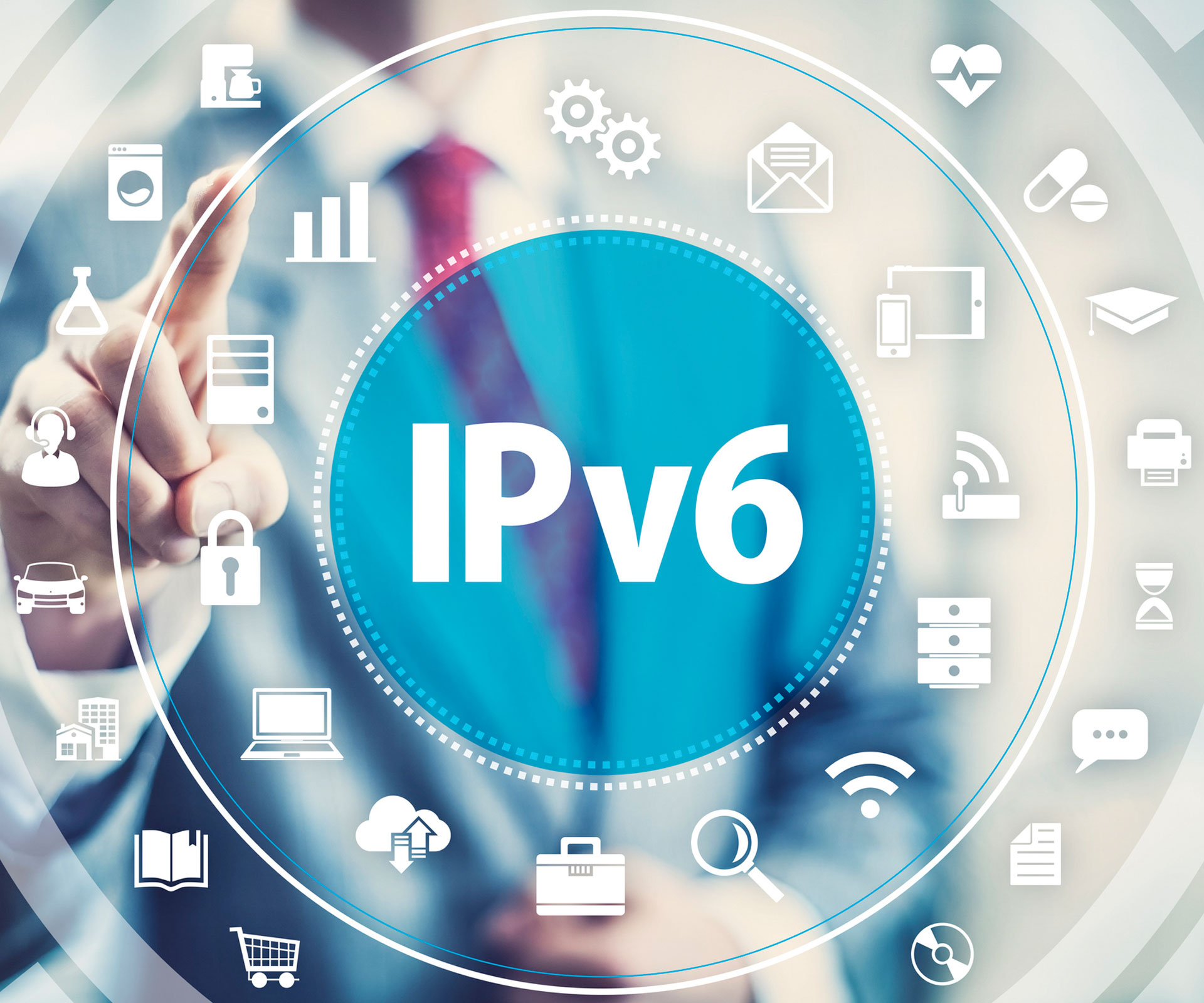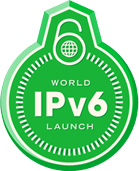

 2128 addresses. At 340 undecillion, that’s a lot of addresses. (It is million, billion, trillion, quadrillion, quintillion, sextillion, septillion, octillion, nonillion and decillion before we get to undecillion. So, a lot…)
2128 addresses. At 340 undecillion, that’s a lot of addresses. (It is million, billion, trillion, quadrillion, quintillion, sextillion, septillion, octillion, nonillion and decillion before we get to undecillion. So, a lot…)
Internet Protocol version 6 (IPv6) allows for 340 undecillion IP addresses, which is a vast, virtually limitless, and in the words of our IT department, “insane” number of addresses. (They say it in the nicest possible way.) This is the direction the Internet is heading. This is the direction we’re preparing for here at TekSavvy.
A brief history: Each piece of equipment all over the world connected to the Internet requires an IP address. In IPv4, the one that’s been in place since 1981, there are 4.3 billion IP addresses. By 1998, it was recognized that 4.3 billion would not do, that the world would run out. Thus, IPv6 came about. In the v6 world, each user is assigned a /64 network of 18,446,744,073,709,551,616 IP addresses. If you’re counting, that’s 18.4 quintillion, which is more per person in v6 than the whole world got in v4. “Insane” does sum it up! But if you cannot imagine needing 18.4 quintillion addresses for your home Internet equipment, keep in mind that no one thought thirty years ago that 4.3 billion addresses would not be enough for the planet’s Internet equipment.
Much in IPv6 is superior to v4, beyond sheer boundlessness of addresses. Aspects of it are simpler. One example: Each device – your computer, printer, television, phone, and so on – gets its own direct public IP address removing the need for NAT (network address translation) and router configuration such as port forwarding.
(Although each piece of equipment always had its own address, some were assigned by the router and so were not direct public addresses. This means, of course, that users will now need to ensure they have a reliable security system in place. Now is the time, if you haven’t before, to give serious thought to firewalls.)
There is no deadline for v6 conversion. No one demands the switch be made by a certain date, or at all for that matter. It’s not like Y2K or analog-to-digital TV. No one controls it. It is a global issue, a giant handshake in which everyone agrees (or not) to join. Developers, manufacturers, providers and users all have responsibility, deciding on the level of ownership they will take moving into this new space. Some sites and equipment will continue to use just v4, some will embrace only v6, and some will allow for v4 and v6. The prudent thing is compatibility with both.
That’s what we’re doing here at TekSavvy. We have equipment in place with dual protocol stack, running both v4 and v6. Theoretically we could “turn on” IPv6 at any time. That being said there is a larger issue in the Canadian Telecom space around v6. Many of the large incumbent networks do not yet support it, so our efforts to make our network v6 compliant are dependent on the incumbent infrastructure. This isn’t a singular problem to TekSavvy; it’s an issue the entire industry is experiencing. Until every manufacturer, network operator and website operator is on board with IPv6, the rollout in its entirety will be extremely slow.
TekSavvy already has a beta program in place for our users who would like to use IPv6 on DSL. Many of you have already agreed to be beta testers of our v6 system, and that is going very well. Our thanks for your time and collaboration.
If you’d like to join our IPv6 beta program, please contact us at IPV6@teksavvy.com.
At TekSavvy, we’re ready for the IPv6 future. Because we are, you are too.
Marc - CEO/TekSavvy




Speak Your Mind